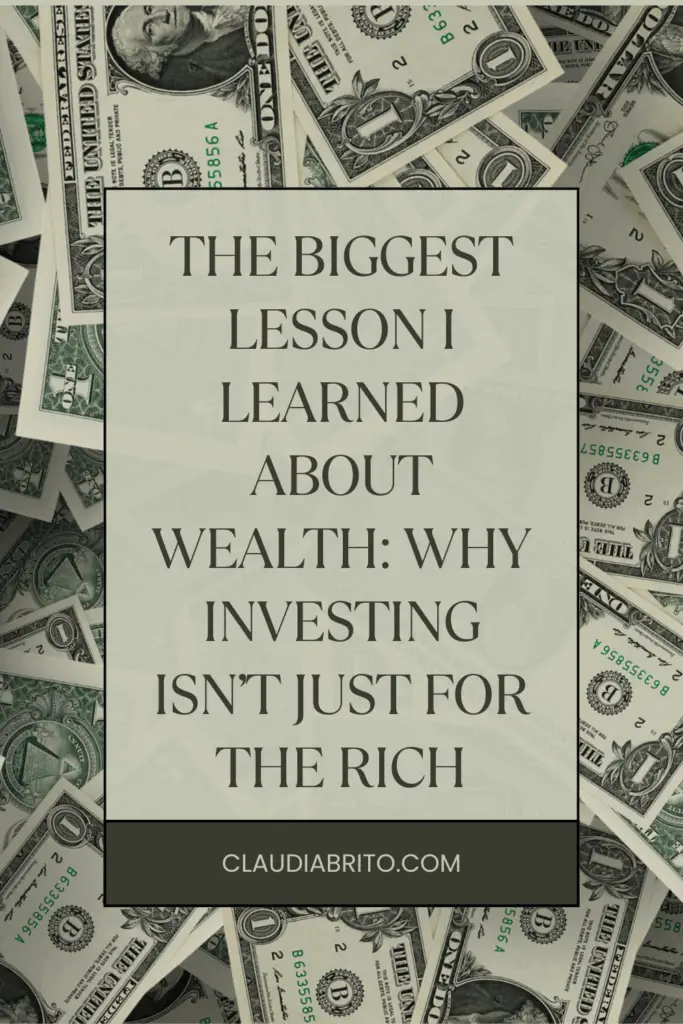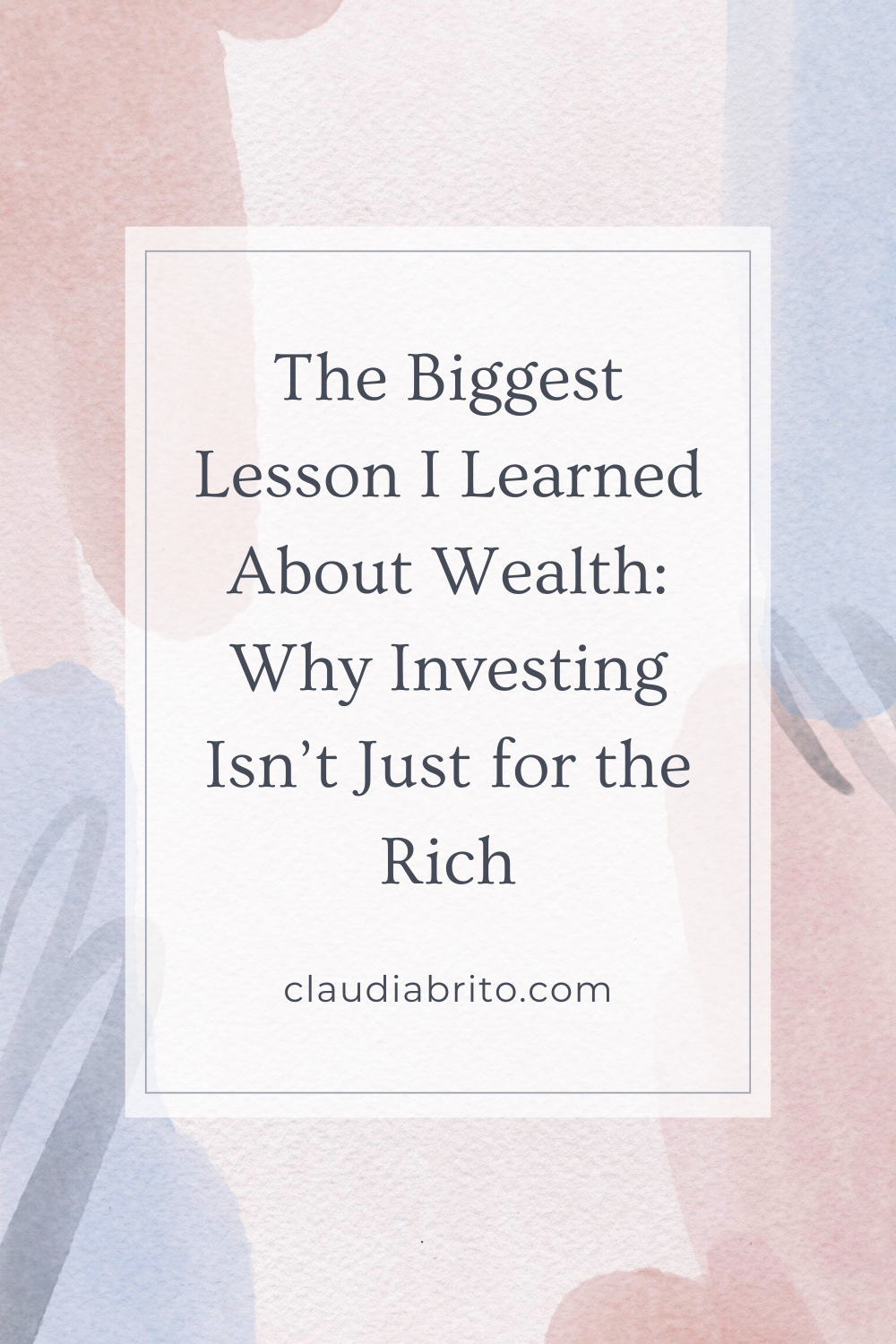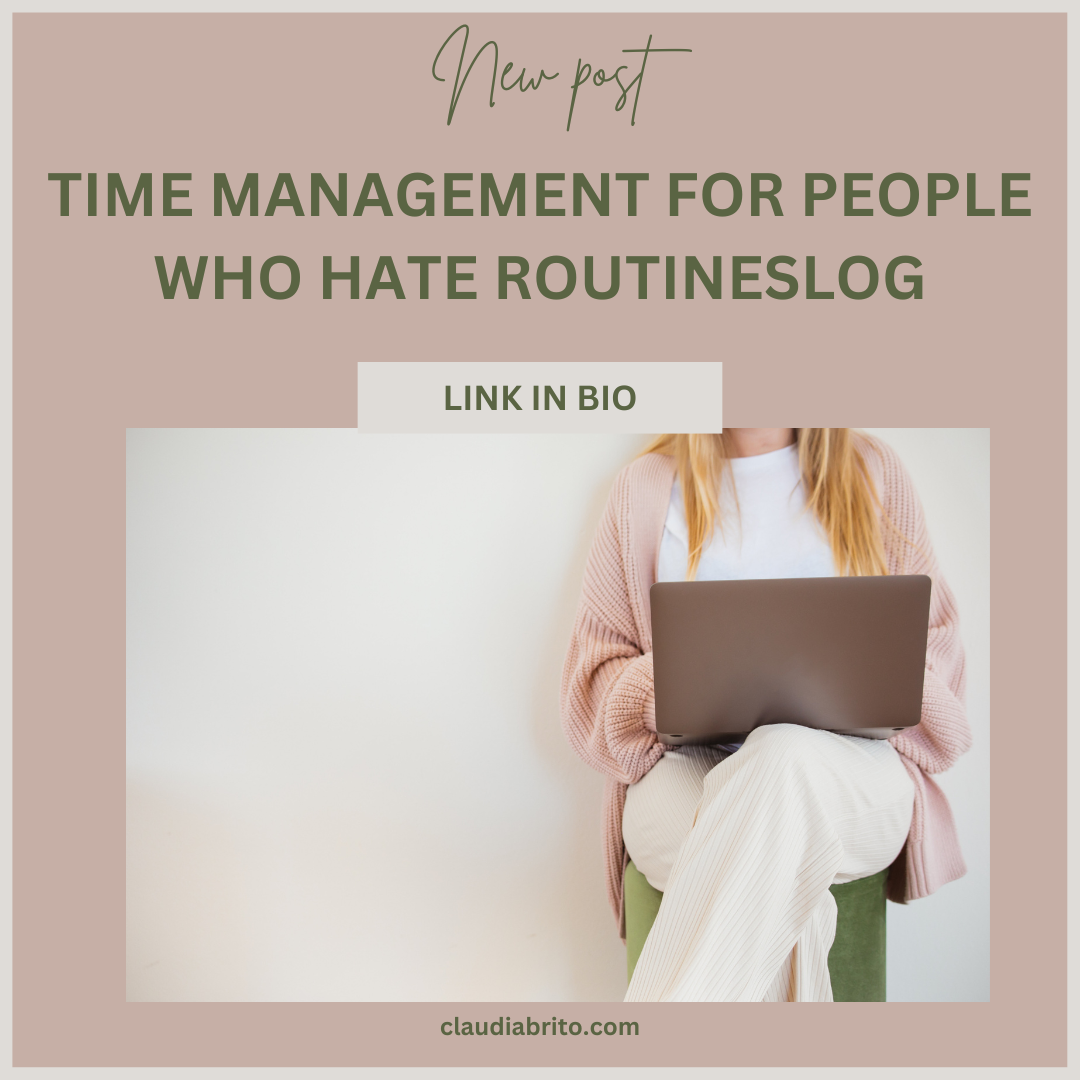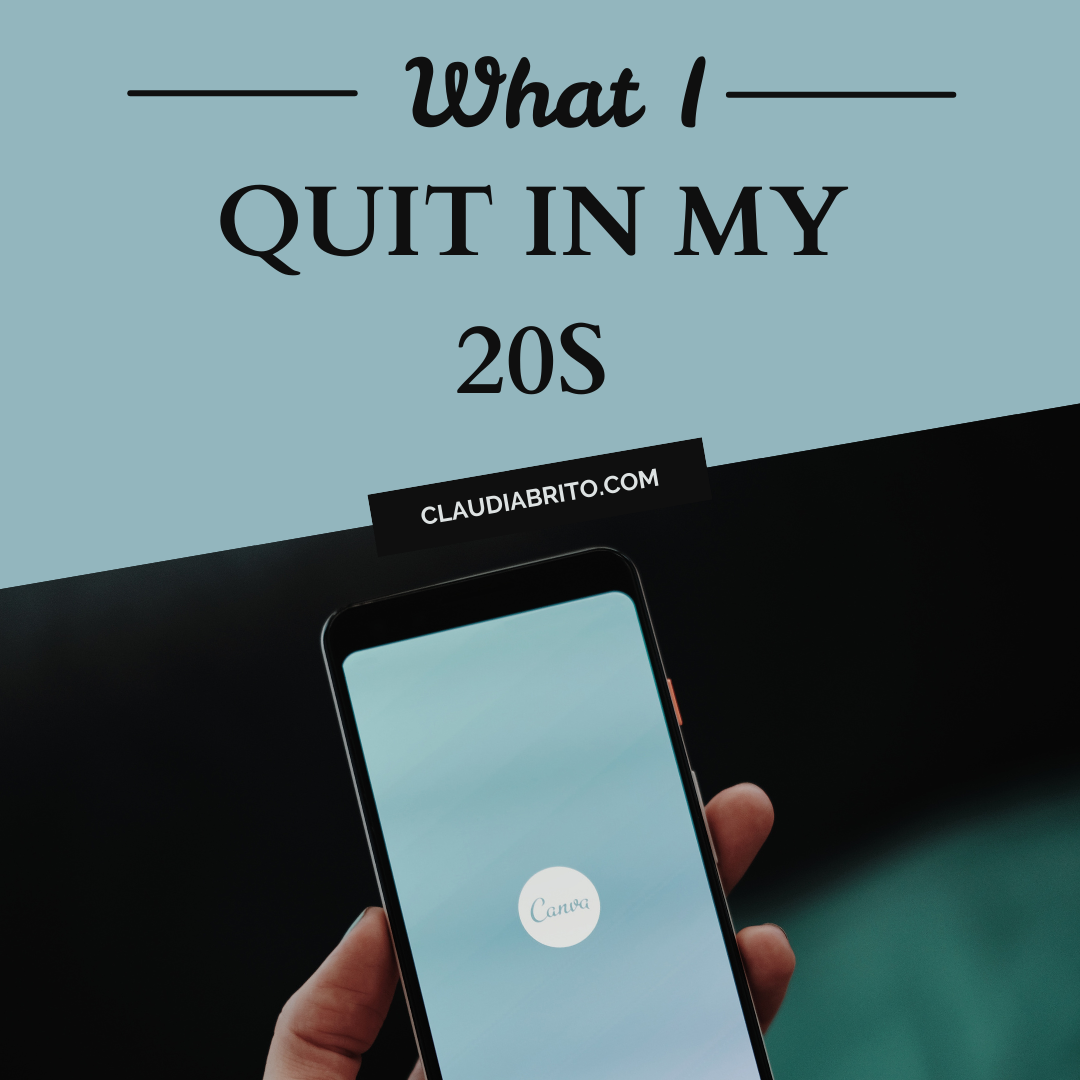Growing up poor taught me many things about money — most of all, that the way I was taught to manage it wasn’t going to build real wealth.
Today, living with someone who grew up in a completely different financial world, I see it even more clearly: the rich don’t work for their money in the same way the rest of us were told to. They invest. They use their money to make more money.
And it all starts with one powerful concept — compounding interest.
If you’re serious about changing your financial future — about building wealth, breaking generational poverty, and retiring comfortably — you need to understand how compounding works and why investing early matters more than anything else.
Let’s dive into it.
Note: None of my blog posts are financial advice; the things I publish are based on my knowledge, my research, and what works for me.

Investing Isn’t for the Rich — It’s How You Get Rich
For a long time, I thought investing was something only rich people did.
But the truth is, investing is how many people become rich in the first place.
The wealthiest people don’t just work 9–5 and stash their money under a mattress or in a low-interest savings account.
Instead, they put their money to work — letting it grow while they sleep, while they travel, while they live their lives.
If you want to truly change your future, you can’t rely on just saving money.
You have to invest it.
Savings accounts are safe — but they’re also passive.
In today’s world, with inflation eating away at the value of money year after year, money sitting in a basic savings account is actually losing value over time.
Understanding Compounding Interest: The Secret Weapon of the Wealthy
So what exactly is compounding interest?
It’s earning interest on your initial investment plus the interest you’ve already earned.
Think of it like this:
- With simple interest, you only earn on your original amount.
- With compound interest, you earn on your original amount and on the interest you’ve already made.
Here’s a small, simple example:
- If I invest $100 at a 10% annual return, I make $10 in the first year.
- In the second year, I’m not just earning 10% on my original $100.
I’m earning 10% on $110 — the original plus the first year’s interest.
Every year, my gains build on themselves.
The snowball effect kicks in, and what starts small becomes massive over time.
It’s not magic — it’s math.
And it’s the single biggest factor that separates wealthy people from those who stay stuck.
Why Saving Alone Won’t Get You There
If you’re like I was, you were probably taught to save every penny.
And saving is important — especially for short-term goals and emergencies.
But if you only save, you miss out on growth.
Here’s the cold truth:
- The average savings account in most countries pays less than 2% interest per year.
- Inflation typically rises around 2–3% per year.
This means your money is losing purchasing power even as you “save” it.
To actually grow wealth, you need investments that outpace inflation — historically, stocks, ETFs, mutual funds, and other assets have done just that.
A Real-World Example: Why Time Is Everything
Let me show you how massive an impact time makes — even more than how much you invest.
Imagine two friends, Ben and Matt:
- Ben starts investing $500 per month at age 20 and invests for just 10 years — then stops adding new money but leaves his investments growing.
- Matt waits until he’s 30 to start. He invests $500 per month consistently for the next 35 years until retirement.
You’d expect Matt to have more money because he invested longer, right?
Wrong.
Thanks to compounding, here’s what happens:
- Ben, who invested for only 10 years, ends up with nearly $3.1 million by retirement.
- Matt, who invested for 35 years, ends up with about $1.7 million.
Ben contributed far less money overall, but because he started earlier, compounding worked harder for him.
Moral of the story:
Starting early beats investing more later.
Why the First Step Is the Hardest — but the Most Important
When you’re young — or just starting your financial journey — it’s easy to feel like you don’t have “enough” to invest.
You might think:
- “I’ll start when I make more.”
- “It’s not worth it if it’s just $50 or $100.”
But those small amounts matter more than you think.
The earlier you start, the less money you need to invest over time.
If you put off investing until your 30s or 40s, you’ll have to save way more every month to catch up — and even then, you might not beat someone who simply started earlier with less.
That’s why the best time to start investing was yesterday.
The second-best time is today.
My Practical Advice: How to Actually Start Investing
Starting can feel overwhelming, but here’s how I broke it down for myself:
1. Open a TFSA (Tax-Free Savings Account) or ISA (for UK investors)
- In Canada, a TFSA lets your investments grow tax-free.
- In the UK, a Stocks and Shares ISA works similarly.
- Tax-free growth means you keep more of your earnings — not giving chunks away to the government.
2. Choose Simple Investments
- You don’t need to pick “the next Tesla” or “the next Amazon.”
- Focus on mutual funds and ETFs that track the entire market (like the S&P 500 or a global index).
- These funds are diversified, low-cost, and proven to deliver long-term growth.
3. Set Up Automatic Contributions
- Pay yourself first — just like you pay bills.
- Automating $100, $300, or $500 a month ensures you stay consistent.
- Over time, those small automatic investments grow into life-changing amounts.
4. Keep an Emergency Fund
- Life happens.
- I made sure to have a small emergency fund (3–6 months of expenses) before heavily investing.
- This way, I’m not forced to sell investments during market downturns if an emergency comes up.
5. Be Patient and Stay the Course
- Investing is a long game.
- There will be ups and downs, market crashes, scary headlines.
- The worst thing to do is panic sell.
- Stay invested, stay consistent, and let time work for you.
Frequently Asked Questions About Investing Young
1. How much should I start with?
Start with what you can. Even $50–$100 a month makes a big difference over decades.
2. What if the market crashes after I invest?
Market crashes are normal. If anything, they’re a buying opportunity.
The key is staying invested — history shows markets recover and grow over time.
3. Should I pay off debt first?
It depends.
- High-interest debt (like credit cards) should be paid off first.
- Low-interest debt (like student loans) can sometimes be managed while you also invest.
4. How do I know which funds to pick?
Look for low-cost index funds or ETFs that track large markets like the S&P 500, FTSE 100, or global stocks.
These offer diversification and long-term growth potential.
5. Is it too late to start if I’m in my 30s or 40s?
Never. Starting today is still better than waiting another 5–10 years. Compounding still works — the earlier, the better, but late is better than never.
Final Thoughts: Your Future Self Will Thank You
Growing up, I didn’t know any of this.
Nobody explained how investing worked, or that compound interest could literally change my life.
I thought working hard and saving what little I could was the only path.
Now I understand the truth:
- Money is a tool.
- Investing is the strategy.
- Time is the most powerful force you have.
Start small if you have to.
Stay consistent even when it’s boring.
Be patient even when it feels slow.
Because decades from now, your future self won’t remember the small sacrifices.
They’ll be too busy enjoying the financial freedom you built starting today.
The earlier you start, the easier it becomes.
The later you wait, the harder it gets.
You owe it to yourself to start now.
YOU MIGHT ALSO LIKE
Time Management for People Who Hate Routines
Not everyone wakes up at 6 a.m., drinks a green smoothie, journals, and follows a color-coded calendar in time —and that’s okay. If you’re someone who cringes at…
4 min read
Time Wasters I Quit in My 20s
Time in your 20s are supposed to be about finding yourself, exploring your potential, and laying the foundation for the rest of your life. But let’s be honest—it’s…
4 min read
Time Management for Overthinkers: How to Get Out of Your Head and Into Action
If you’re the kind of person who spends more time planning to be productive than actually getting things done—this one’s for you. Overthinking can feel like being stuck…
4 min read
Traveling Solo vs. Traveling with a Partner: The Truth
If you’ve ever daydreamed about traveling, booking a one-way ticket, and hitting the road solo—or imagined exploring the world hand-in-hand with your favorite person—you’re not alone. Travel fantasies…
4 min read
How I Plan a Trip in Under 3 Days
Last-minute travel doesn’t have to mean last-minute panic. I used to think that planning a trip in under three days was a recipe for stress—but after doing it…
4 min read
The Best Places for Solo Female Travelers: Explore with Confidence
Traveling solo as a female adventurer offers a sense of freedom, self-discovery, and empowerment. However, finding the right destinations that are safe, welcoming, and offer unique experiences can…
4 min read







Leave a Reply